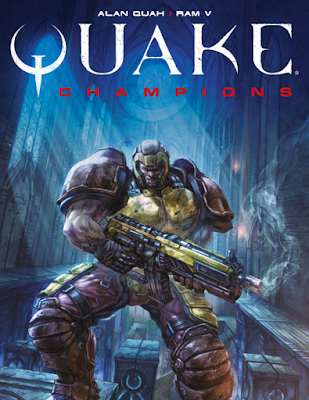Originally published on Set The Tape
I’m not sure how old I was when I first watched Who Framed Roger Rabbit but the thing that stuck out in my mind straight away was Judge Doom (Christopher Lloyd). I’ve seen Christopher Lloyd in other roles, and have found him charming and enjoyable to watch, but his performance as Judge Doom still gives me the creeps, even decades later. There’s a lot about this film that’s stand out and iconic, but Doom is always it for me.
It’s strange to think that Lloyd wasn’t the first choice in the role, though it is a shame that we can’t see a version where Tim Curry got the part, but it’s not the only part of the film where the first choice was someone else.
The film had multiple drafts, directors turned the film down, none of the principal cast were the first choices. It’s amazing that despite the ups and downs in the pre-production and the difficulty in obtaining the rights to use all of the animated characters the film ended up being as good as it is. Thankfully, the end product was a critical and commercial success.
Who Framed Roger Rabbit isn’t the first film to combine live action film and traditional animation, there’d been dozens by the time it came out, but it was the first to do things differently, to break the rules. The camera moved in scenes so that the animation didn’t look like it was placed on flat backgrounds, the lighting and shadows moved like they would in fully live action scenes, and the cartoons interacted with real objects as much as possible.
The film looked at the rule book and threw it away, it gave audiences a new experience and it still stands the test of time because of this. The people behind the film had to tell a good story and make new technology at the same time. It’s both a piece of great entertainment, and a breakthrough in film making.
What makes Who Framed Roger Rabbit last isn’t the technology behind it, it’s the story and the characters. Set in an alternative 1947 Los Angeles, where ‘toons’ are real living creatures that live and work with real people, at its heart it’s a mystery story. A detective noir wrapped in bright, colourful cartoons.
The plot revolves around the murder of a movie mogul, a crime for which Roger Rabbit is framed. Anyone who is familiar with detective mystery stories will be familiar with where the plot goes, revealing an ever expanding mystery; but Who Framed Roger Rabbit isn’t just content with going through the motions of a mystery story, but goes out of its way to tell a deep and engaging story, a plot with multiple lays and twists.
Yes, it’s a kids movie, but beneath the bright colours and cameos from classic characters such as Bugs Bunny and Mickey Mouse it’s got emotional depth and adult themes. Who Framed Roger Rabbit is a film that appealed to me as a child because it’s over the top and wacky, but carries on being a film I’ll watch again and again as an adult.
Go to Amy's Blog




























